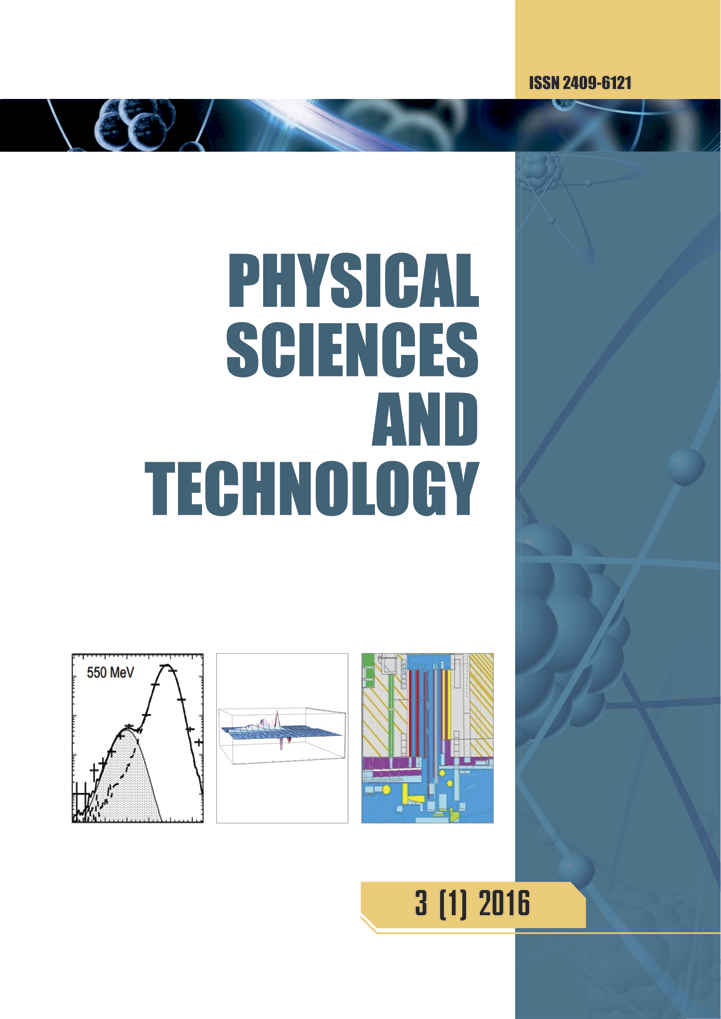Positron annihilation spectroscopy of clumpy structures 1. Type II young Supernova remnants
DOI:
https://doi.org/10.26577/phst-2018-2-147Abstract
The clumpy structure of the SN 1987A ejecta revealed by numerous IR observations has been described. The simulation of the clump formation in the progenitor star’s explosion was performed. The Sedov self-similar solutions of the problem of a strong explosion were used to construct the model spectra of the initial clumps formed due to the Rayleigh-Taylor (RT) instabilities arisen during the metal core collapse prior the supernova explosion. After short time main part of the clumps accumulates mainly the heavy elements, including radioactive isotopes. In this paper, we investigated the properties of the element mixture with radioactive isotopes, especially(_22^44)Ti . Mapping of the ejecta clumps was performed through the obtained spectra of their radiation field depending on time, initial spatial distribution and composition. Numerical simulation of positron trapping across nebular envelope supported the new possibilities for positron γ-spectroscopy and chemical diagnostics. The exact results of the quantum annihilation processes with inner K–electrons produce one γ–quant process are tested for SN 1987A envelope clamps. Aspherical clumps distribution presented and used how to test the elements separation after explosion. We presented the accompanied nonthermal emission after positrons energetic losses in cool explosion of the envelope and the distribution of Auger electron nebular plasma with small dust fraction. This secondary emission of atomic quants and fast electrons is connected with aroused diffuse nebular emissions. We found that only one γ–quant annihilation line for chemical elements from the middle part of periodic table of chemical elements should be usable for future positron spectroscopy activity. For exact solution of this problem we selected clamps without graphite dust, which contain the radioactive isotope (_22^44)Ti , and show the production of standard positron current in the case of standard chemical composition.





